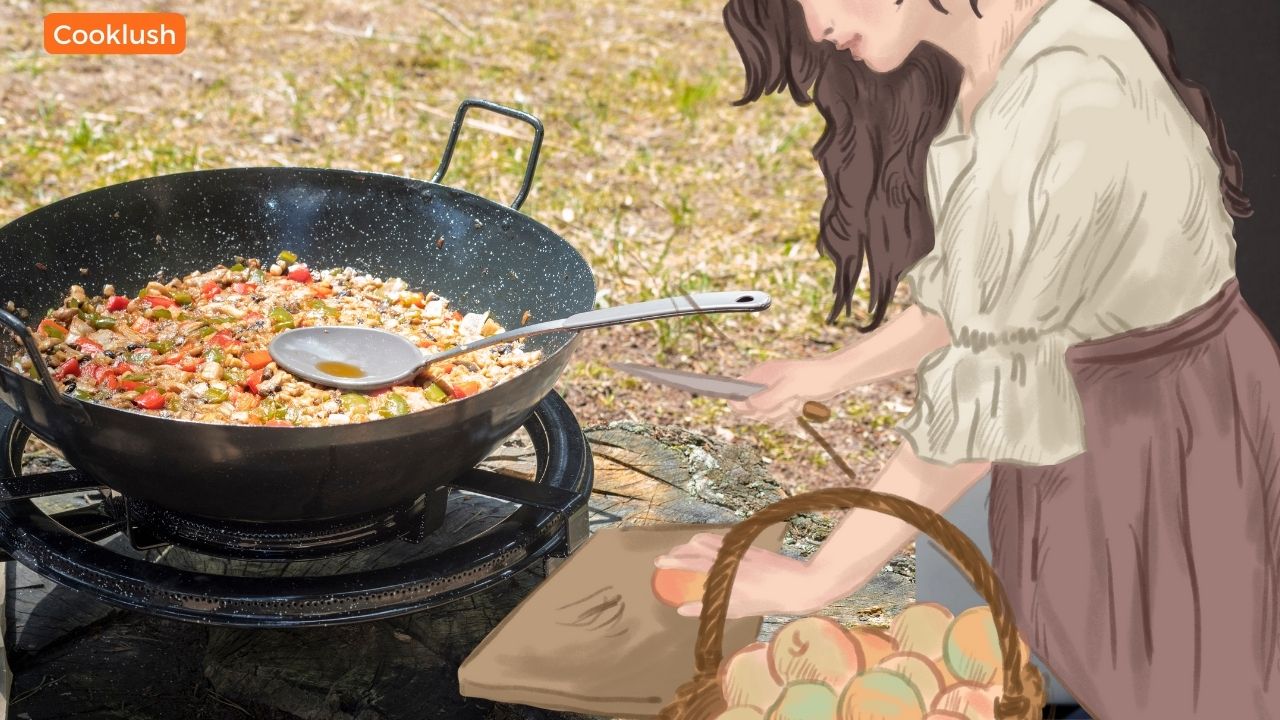Hey there, friend! You have chosen to replace a bit your kitchen. I mean, let’s be honest, changing out a backsplash and redoing an old one can completely update your kitchen. A fresh coat of paint for your walls, but useful and trendy. How to Measure Your Kitchen Backsplash…but Before You Get Started — with that whole world of tile and patterns —You need to know. Believe me, measuring is your friend and will save a ton of headaches down the road. Spaces of Play: so, shall we get our hands dirty?
The Value in Measuring your Backsplash
Attempted to squeeze into an undersized pair of jeans? It’s not fun, right? And for the tiles that are just not right in your kitchen? Using the correct measurements ensures that you get exactly what you need when purchasing materials, saving time and money on an installation. Additionally, no one wants to go to the hardware store more than once. Not me!
Part 1: Setting up — A Checklist
So before we start measuring, lets get some tools:
- Tape measure
- Pencil and paper (or a notepad app if you’re cool like that)
- Calculator
- Level (only if you want to do this but it is highly recommended)
- Masking tape (for marking)
Got everything? Awesome! Now on to the nitty-gritty stuff.
How to Measure Your Kitchen Backsplash Step-by-Step Guide
1. Identify the Area
First thing is first; decide where you want your backsplash to go. There are two types: one above the stove, or does it come down to cover the whole wall below your cabinets? This will better allow you to picture the space and what exactly to measure.
2. Measure the Height
Get out your measuring tape and take the height of where you want your backsplash to be. A: Counter-top, bottom of cabinets down. If you are replacing a range hood, measure from the top of the base to the bottom of the upper cabinet. Write this number down.
3. Measure the Width
Lastly, determine how wide each section you will be covering. If you’re going to go all the way up on your backsplash, measure from one end of the wall to the other. If your kitchen has multiple sections, write down each one separately.
4. Total Square Footage Calculations
Okay, math time! But don’t worry—it’s simple. The square footage of each section is the height multiplied by the width. Total Square Feet = Add all of the above numbers together
Here’s a quick formula:
Square Footage = Height (ft) * Width (ft) 6
If, for example, your backsplash is 2′ high by 5′ wide:
[ 2 \times 5 = 10 \text{ sq feet} ]
5. Consider Additional Areas
Dont forget about any other spaces you might have in the kitchen, like behind your sink or a separate island that you also want to put some shelves under. Every inch counts!
6. Account for Waste
You should always buy a little extra material, because you never know when you might make a mistake or it could get damaged in the future. We usually recommend buying 10% more than calculated square footage.
Picking materials
You have your measurements now; let us discuss fabric choices for a moment. Tiles, glass, metal — oh my! A short analysis on what you should study.
Tiles
- Ceramic: Classic and budget-friendly, ceramic is perfect for a home upgrade without breaking the bank.
- Porcelain: Thicker and less porous than ceramic, good for wet areas.
- Glass: This gives off a modern, streamlined appearance. Shiny light reflection to make your kitchen spacious
Other Materials
- Metal: To feel more industrial, go with stainless steel or copper. Easy to clean!
- Stone: If you love the look of stone, you can choose from natural stones like marble or granite.
Fun Fact Break!
According to Old House Online, the idea of a backsplash is an age-old one that can actually be traced back to ancient Rome. Mosaics, if anything, served a dual purpose in Roman times: they were beautiful and practical (the no-splash walls that kept grease off the actual wall). Remember while installing your backsplash that you are completing the work of those before you in a chain of kitchen innovation!
As the back-blast turns: A tale of my 1st Backsplash
And the story of the time I hung my own back splash. I imagined, how difficult could it be? It becomes very complicated, as I discovered if you do not measure. I wasted a box of tiles which were not big enough for the wall and I had to get creative with some odd leftover pieces that I had from another project. I mean, it was patchwork piecing, but not where a wanna-be perfectionist should find herself. Moral of the story: Measure twice, cut once!
- What Is the Best Cooking Oil for Diabetics? Your Comprehensive Guide to Heart-Healthy Choices - October 31, 2024
- What Happens If You Drink Cooking Oil? Understanding the Risks and Effects - October 31, 2024
- Why Do My Eyes Burn After Cooking with Oil? Unveiling the Sizzling Mystery - October 31, 2024

